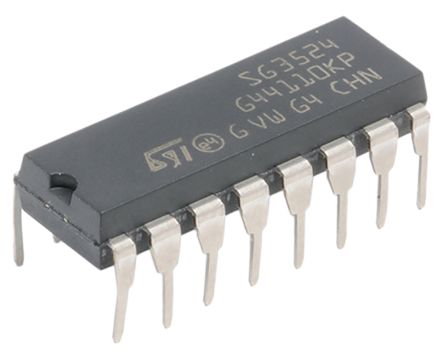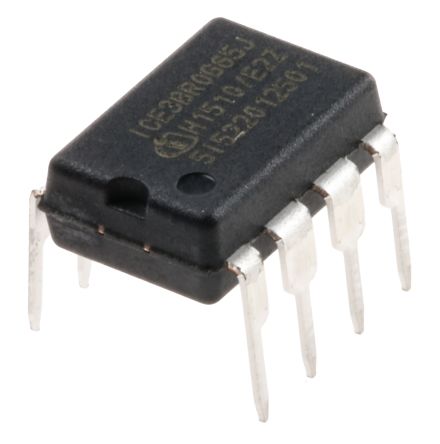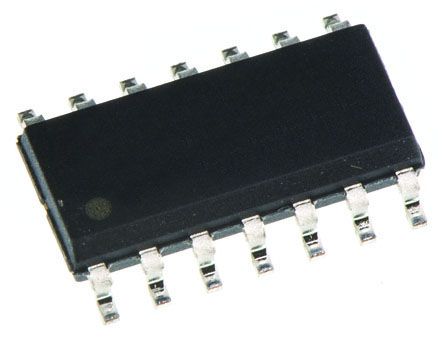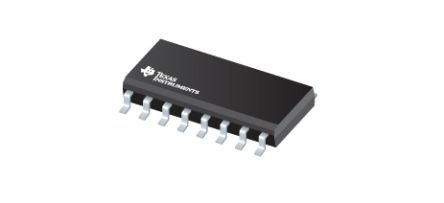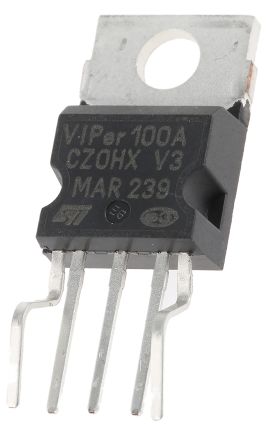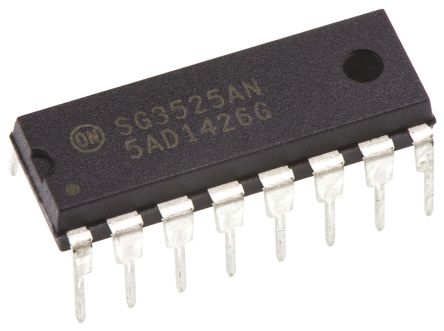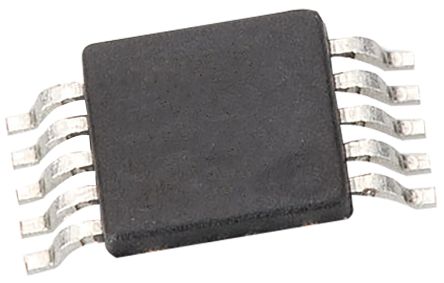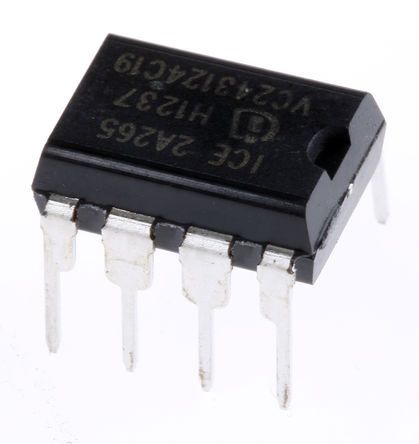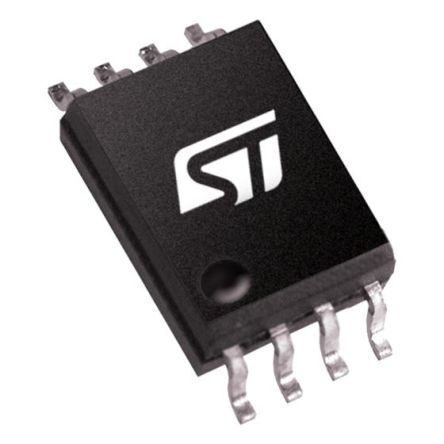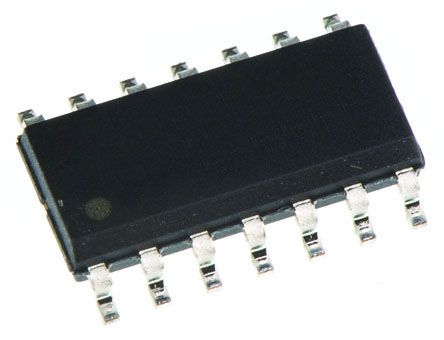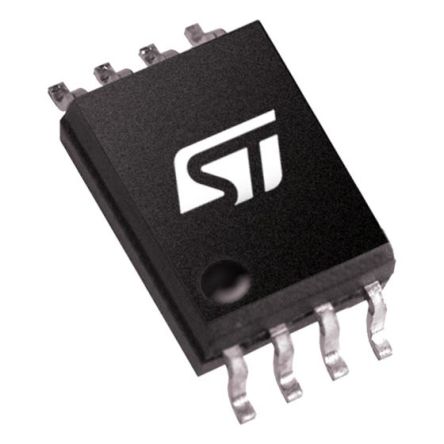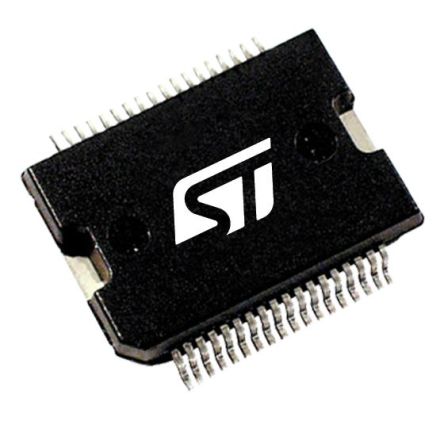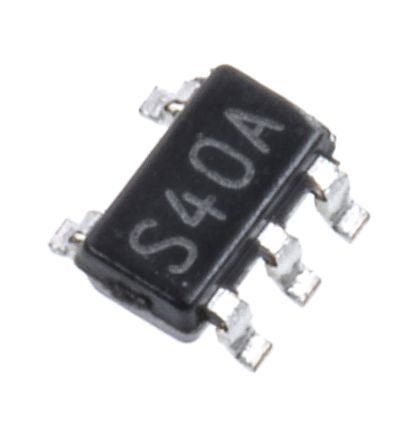- Automation & Control Gear
- Cables & Wires
- Enclosures & Server Racks
- Fuses & Circuit Breakers
- HVAC, Fans & Thermal Management
- Lighting
- Relays & Signal Conditioning
- Switches
- Batteries & Chargers
- Connectors
- Displays & Optoelectronics
- ESD Control, Cleanroom & PCB Prototyping
- Passive Components
- Power Supplies & Transformers
- Raspberry Pi, Arduino, ROCK, STEM Education & Development Tools
- Semiconductors
PWM
Electronic circuits can contain both analogue and digital components. PWM, which stands for Pulse Width Modulation, facilitates the control of analogue devices using a digital signal. Many electrical designs use PWM for regulation, with PWM used as a way to reduce the average power that is delivered by an electrical signal by chopping it up into smaller parts. RS offer a range of PWM Controllers from a multitude of trusted brands, including ON Semiconductor, STMicroelectronics, Texas Instruments, and more.
What do PWMs do?
Analogue signals can be on or off, or can even be put into a position half-way between the two, whereas a digital signal has just on or off positions. Both signals appear in electronic circuits and can often be required to work together. Inputs can be converted using a DAC (digital-to-analogue converter) or an ADC (analogue-to-digital converter). PWM is available to control the output of a device: for example, PWM can convert the digital output of a microcontroller (MCU) into an analogue signal to drive the next analogue component.
Types of PWM devices:
- PWM Voltage Mode Controllers work by applying a control voltage (Vc) and a PWM ramp (Vramp) input.
- PWM Current Mode Controllers add a second loop feeding back to the inductor current to create the PWM ramp.
- PWM Switching Regulators feed the input voltage back through the PWM controller to keep the output voltage constant.
What is a duty cycle?
PWM signals feature two main things: frequency and a duty cycle. Duty cycle is given as a percentage (%) and refers to the amount of time the signal is on. For example, if the duty cycle is 50%, the signal is on for 50% and off for 50% of the time period. Pulse width modulation uses a rectangular pulse wave.
Where are PWM controllers used?
- Motors
- LED lighting
- Lamps
- Heaters/HVAC
- Electric vehicles
- Robotics
- Communication systems
